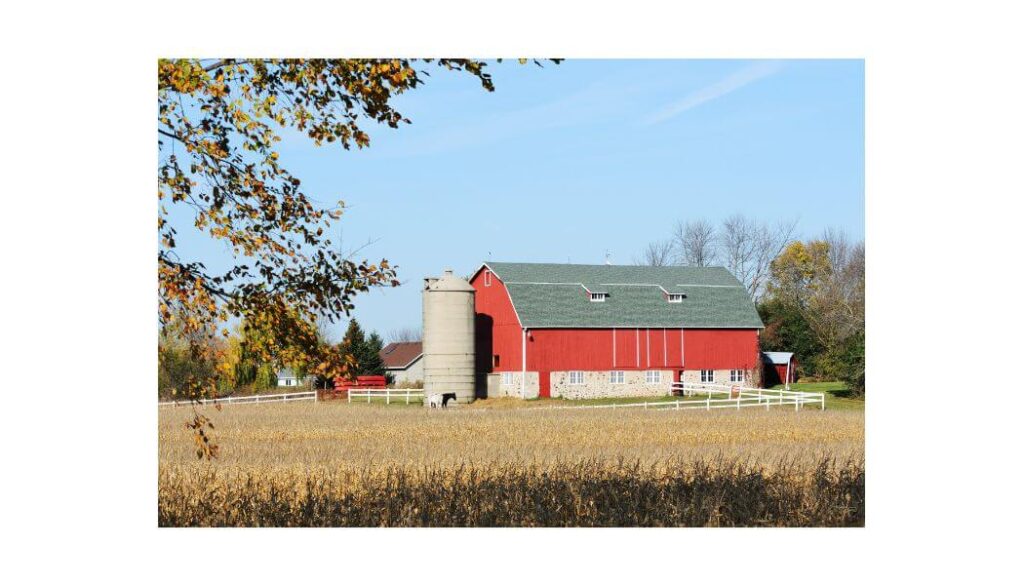
Autumn is the perfect time to winterize your farm. Are you ready? Take a look at these suggestions to help you get prepared for those upcoming cold winter months …
1. Check your water system and heater
Ample water intake is essential for normal bodily and digestive function, particularly in the winter.
2. Care for your equipment properly
Don’t forget to perform routine maintenance on your tractors, trailers, and hauling vehicles prior to winter so they work efficiently when needed most (i.e. for a midwinter veterinary emergency or when access ways need clearing).
3. Acquire and store hay
You’ll want to put up sufficient hay to accommodate all your animals until the next year’s first cutting becomes available. Remember to build in cushion to feed a little heavier in the bitter cold – the act of chewing hay will help generate body heat.
4. Assess barn air quality
In many cases barns are closed up in winter to preserve warmth, but this can exacerbate respiratory issues.
- Multiple small air outlets create better ventilation than one large opening at the end of the aisle.
- Proper insulation of the roof and walls keeps the barn warmer in the winter and cooler in the summer and helps eliminate moisture accumulation and condensation.
- Avoid using a leaf blower to clear debris from the aisle, as this stirs up irritants.
d. Don’t store hay above stall areas.
5. Manage pastures
Consider seeding pastures in autumn, before winter snow falls upon them or during the spring freeze-thaw. Be sure to allow germination over four to six weeks when the temperatures are above 60 degrees. Rotational turnout pastures are important to allow a pasture to rest but dividing a pasture is another way to allow turnout while one section at a time can rest. (FYI – Pastures need 30 days of rest during the growing season to be sustainable.)